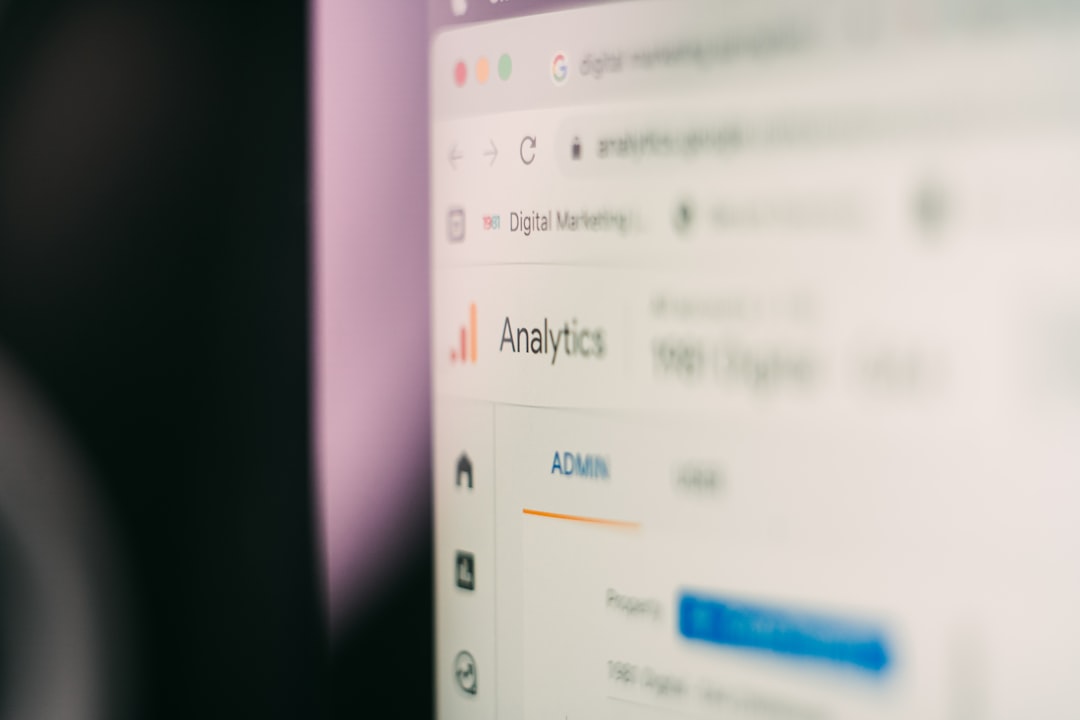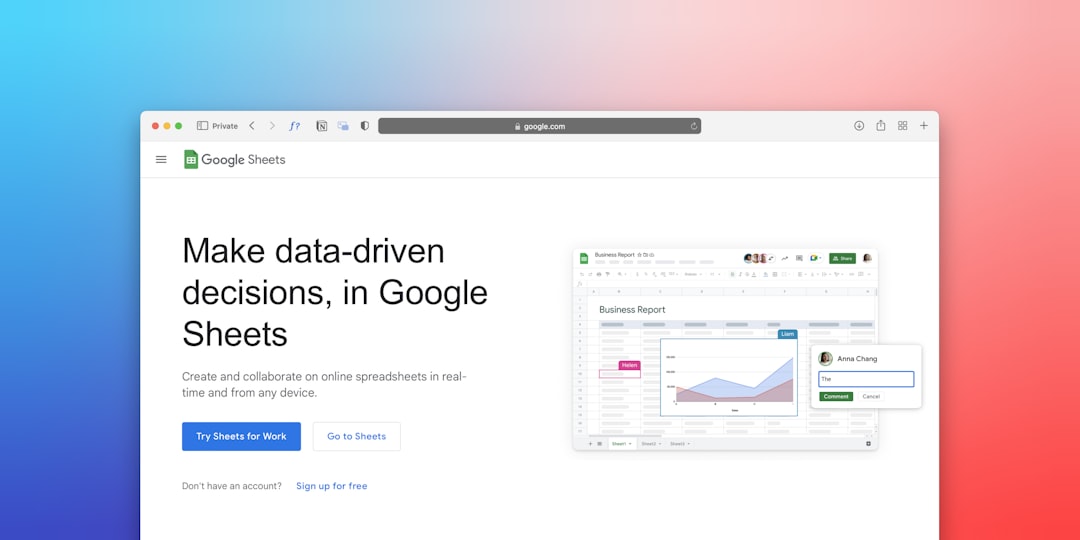In today’s rapidly evolving digital landscape, staying ahead of the curve isn’t just beneficial—it’s essential. This is especially true for digital agencies that are constantly seeking new ways to understand consumer behavior, anticipate market movements, and execute high-performing campaigns. One of the most powerful tools enabling this transformation is AI-driven trend analysis.
From social media sentiment to e-commerce activity, artificial intelligence can mine massive sets of data, identify patterns, and forecast what’s coming next. But why are digital agencies committing significant resources—time, staff, and budget—into this particular area of technological advancement? Let’s dive into the reasons powering this strategic investment.
1. Unprecedented Speed and Accuracy in Insights
Traditional trend analysis often involves days or even weeks of manual data gathering and interpretation. But in the digital realm, where trends can emerge and dissolve within hours, that pace isn’t just slow—it’s obsolete. Investing in AI allows agencies to monitor and process vast amounts of data from multiple channels in real time.
- Real-time Updates: AI doesn’t sleep—it scours the internet 24/7, identifying shifts in user behavior or sudden viral moments as they happen.
- Cross-channel Analysis: From social media platforms to online forums and web traffic logs, AI can consolidate insights from diverse sources.
- Error Reduction: Advanced algorithms cut down on human misinterpretation of data, ensuring more accurate conclusions.
For digital agencies, these capabilities translate into faster decision-making, sharper strategy adjustments, and first-mover advantages in capitalizing on new trends.
2. Enhanced Personalization for Clients and Customers
Today’s consumers expect content and experiences tailored to their preferences and behavior. AI-powered trend analysis helps fulfill this expectation by enabling thorough audience segmentation and preference prediction.
For instance, by analyzing browsing behaviors, social interactions, and purchasing history, AI can inform content creators about what topics or formats are gaining traction among specific demographics. This enables agencies to craft more personalized marketing strategies that resonate deeply with target audiences, boosting customer engagement and ROI.

Imagine tailoring an ad campaign based on micro-trends localized to zip codes or specific communities online—not possible without AI’s in-depth pattern recognition.
3. Cost Efficiency Over the Long Run
Although the initial investment in AI systems can be substantial, the long-term savings and revenue opportunities vastly outweigh the costs. Agencies that rely solely on manual processes must dedicate significant manpower to monitoring and adjusting marketing strategies. AI automates much of that workload.
Here’s how AI improves cost efficiency:
- Resource Optimization: Human analysts can focus on higher-level strategy and creative work while AI handles data crunching.
- Error Minimization: Cleaning and interpreting data automatically reduces the risks and costs associated with decision-making mistakes.
- Predictive Planning: Rather than reacting to change, agencies can proactively prepare for it—saving money and avoiding last-minute overhauls.
This resource reallocation empowers digital agencies to do more with less, increasing overall productivity and allowing them to serve more clients with higher precision.
4. Competitive Advantage and Market Differentiation
In a saturated digital marketplace, differentiation is key. Clients are not just hiring digital agencies for content creation or campaign management—they’re looking for strategic partners who can keep them ahead of their competitors. Agencies that invest in AI for trend analysis can provide exactly that edge.
Key capabilities that define competitive advantage include:
- Identifying nascent trends before they go mainstream
- Analyzing competitors’ digital footprints and marketing strategies
- Predicting market shifts in customer preferences and industry developments
This level of insight is not easily attainable without artificial intelligence. Agencies that develop AI expertise not only gain reputation as forward-thinking innovators but also attract higher-value clients who are willing to invest in future-focused strategies.

5. Better Decision-Making Through Predictive Analytics
AI trend analysis offers more than a view of the present—it’s a glimpse into the future. Through machine learning and predictive modeling, agencies can forecast what digital consumers will want or do in the coming weeks or months.
This kind of foresight has practical applications in:
- Campaign planning: Launching ads that align with fast-rising topics or upcoming seasons
- Product development: Advising clients on features or services trending in relevance
- Resource allocation: Prioritizing staff and budget based on predictive forecasts
Rather than gamble on what may work next quarter, predictive analytics gives decision-makers data-backed confidence, minimizing risk and maximizing return.
6. Real-Time Crisis Management and Sentiment Monitoring
Trends aren’t always positive. A sudden shift in public sentiment—sparked by a controversial ad, news event, or influencer post—can have serious consequences. AI trend analysis tools with sentiment monitoring capabilities allow digital agencies to detect and react to crises in real-time.
For example, if a product subtly starts trending for the wrong reasons on Twitter or Instagram, AI tools will detect the sentiment shift and flag it. With this information, agencies can take immediate corrective action—ranging from pausing campaigns to issuing public statements—before a small issue escalates.
This kind of responsiveness can protect brand reputation and foster customer trust.
7. Adapting to the Age of Data-Driven Marketing
Gone are the days when marketing success could rely on creative instinct alone. Today’s most successful campaigns are grounded in data. Digital agencies that utilize AI to analyze trends are fully aligned with this new paradigm of data-driven decision-making.
AI not only simplifies the way data is collected but also provides context and actionable insights. For agencies working with multiple clients in different sectors, this is a game-changer. Tactical adjustments, audience targeting, A/B testing results, and content performance reviews can all become more efficient and insightful through AI trend analysis.
Final Thoughts: Investing Today for Tomorrow’s Success
AI trend analysis isn’t a shiny novelty—it’s fast becoming a foundational tool for digital agencies aiming to stay competitive and deliver measurable results. Whether it’s detecting emerging behaviors, optimizing resources, or preparing for future market developments, the power of AI transcends the capabilities of traditional analytical methods.
By integrating these intelligent systems, digital agencies don’t just keep up with digital change—they lead it. And as consumer expectations continue to accelerate in complexity and speed, it’s the agencies with AI in their toolkit that will shape the next wave of digital innovation.
In short, the question isn’t whether digital agencies should invest in AI trend analysis—it’s whether they can afford not to.


































